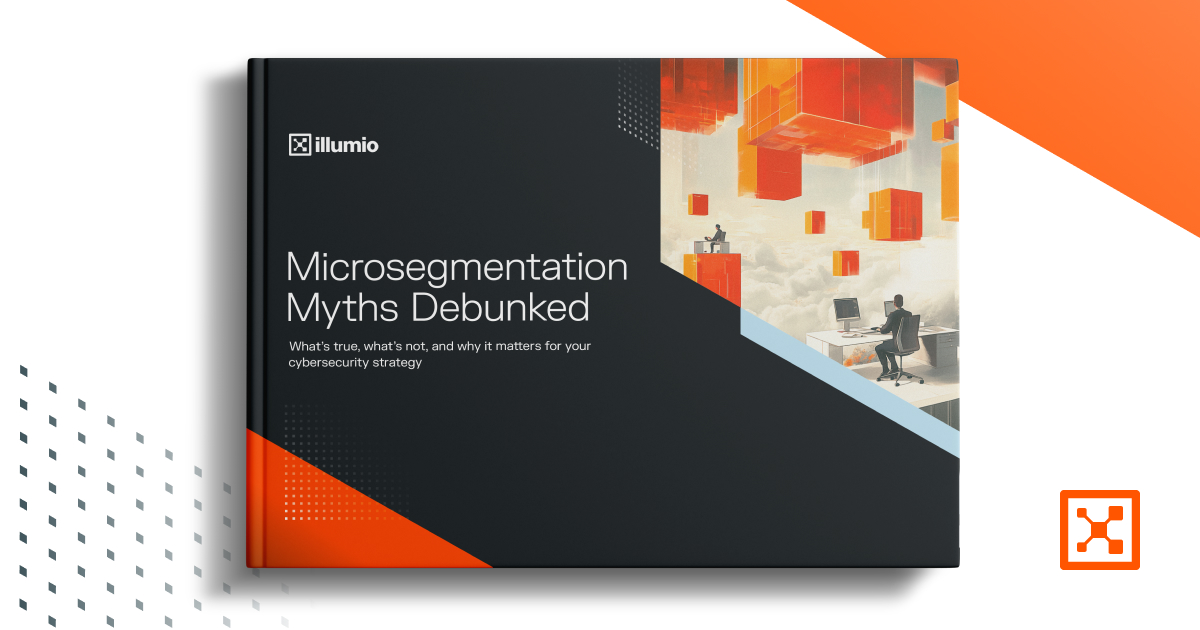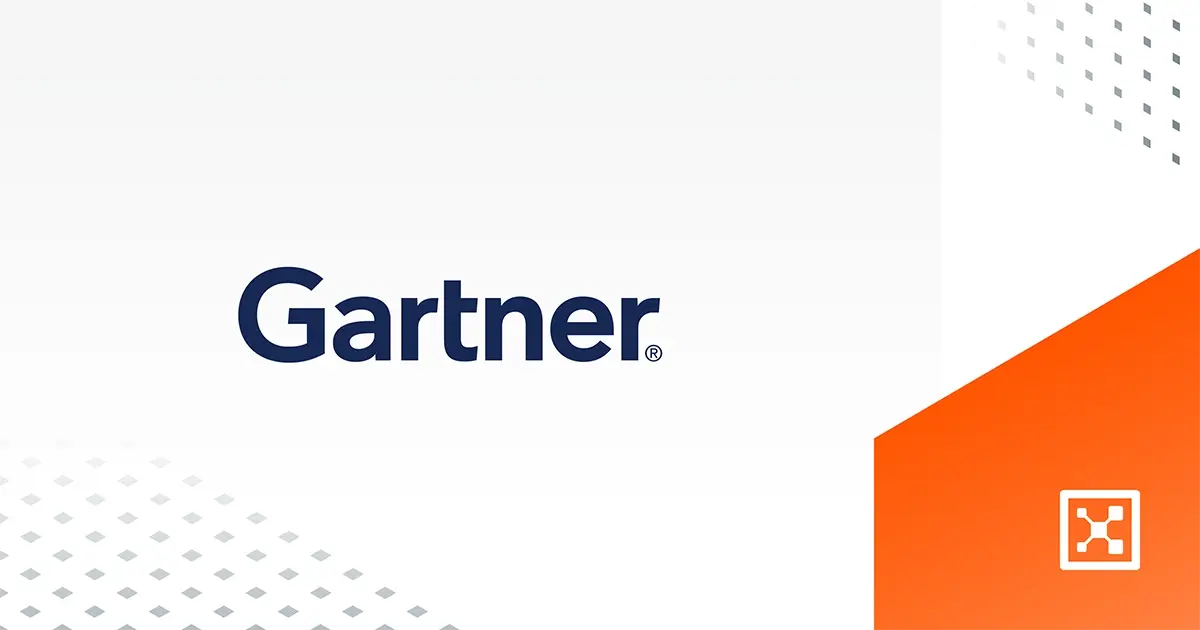The Definitive Guide to Kubernetes Security
What is Kubernetes security?
Kubernetes security means keeping your containerized applications safe from potential threats, vulnerabilities, and unauthorized access. As more companies use Kubernetes to run their containerized workloads, it’s crucial to ensure consistent security across clusters, nodes, and workloads.
Good Kubernetes security includes making sure only the right people can access the system, keeping containers from talking to each other when they shouldn’t, and watching for any strange behavior while the apps are running. But that’s just the beginning — there’s a lot more to know about how to keep these systems secure and what tools can help reduce the risk.
Why is Kubernetes security so important?
Kubernetes makes it easy to manage containers. But that power comes with serious security risks.
If your clusters aren’t locked down, you’re opening the door to data breaches, lateral movement, and compromised workloads.
Here’s why Kubernetes security needs to be a top priority:
- Bigger attack surface: Kubernetes is spread out across systems, making it easy to misconfigure — and attackers know it.
- Fast-moving targets: Containers spin up and down constantly, which makes it tough for old-school security tools to keep up.
- Shared responsibility: You’re on the hook for securing both your apps and the Kubernetes infrastructure they run on.
- Compliance pressure: If you’re in finance, healthcare, or another regulated industry, security isn’t optional, it’s required.
Now, let’s break down what makes a strong Kubernetes security platform and how it helps keep your containers safe.
Core pillars of Kubernetes security
A strong Kubernetes security strategy covers all the bases, from setup to real-time protection. Here’s what it should include (and why it matters):
1. Kubernetes Security Posture Management (KSPM)
- Finds Kubernetes security vulnerabilities
- Automatically enforces security policies
- Keeps you compliant with industry best practices
2. Zero Trust security for Kubernetes
- Limits access based on least privilege principles
- Isolates workloads using segmentation
- Blocks lateral movement inside clusters
3. Kubernetes network security
- Uses microsegmentation to control traffic
- Applies firewall rules based on policies
- Prevents unauthorized east-west traffic
4. Secure Kubernetes configurations
- Applies RBAC (Role-Based Access Control)
- Uses Pod Security Policies (PSP)
- Protects sensitive data with Secrets Management
5. Runtime security for Kubernetes
- Monitors workloads for suspicious activity
- Detects and mitigates runtime threats
- Uses behavioral analytics to prevent exploits
Kubernetes security challenges and solutions
1. Misconfigurations
Problem: Kubernetes often comes with settings that aren’t secure by default.
Solution: Implement policy as code to enforce security best practices.
2. Excessive permissions
Problem: If users or services have more access than they need, attackers can take advantage and move up the chain.
Solution: Give only the access that’s truly needed by following the principle of least privilege (PoLP) and have regular audits to remove permissions that aren’t being used.
3. Container escape attacks
Problem: Attackers can take advantage of vulnerabilities to break out of containers and access the host system.
Solution: Use immutable infrastructure and don’t give containers access to the host unless absolutely necessary.
How Illumio makes Kubernetes more secure
Illumio offers a comprehensive Kubernetes security solution that locks down containers with smart, simple security built on its advanced segmentation capabilities. Here’s how it keeps your containers safe:
- Microsegmentation: Stops attackers from moving around by blocking unwanted traffic between workloads.
- Visibility and control: Lets you see what’s happening inside your apps — and take action fast.
- Zero Trust policies: Only lets the right workloads talk to each other based on their identity to reduce risk.
How Illumio benefits enterprise security teams
Illumio’s Kubernetes security platform makes life easier (and safer) for enterprise security teams. Here’s what it brings to the table:
- Smaller attack surface: Cuts off paths attackers use to move around your systems.
- Easier compliance: Helps you meet rules like NIST and GDPR without the headaches.
- Less manual work: Automates security rules so there’s less chance of mistakes — and more time to focus on what matters.
For a deep dive, check out Illumio Segmentation.
Kubernetes security frequently asked questions (FAQs)
Question: 1. What are the biggest Kubernetes security risks?
Answer: Misconfigurations, excessive permissions, and runtime threats are top concerns.
Question: 2. How does Kubernetes container security work?
Answer: It involves network segmentation, policy enforcement, and runtime monitoring to prevent unauthorized access.
Question: 3. What is Kubernetes security posture management (KSPM)?
Answer: KSPM is a tool that automates security policies and ensures compliance with best practices.
Question: 4. How can I improve Kubernetes security?
Answer: Implement RBAC, enforce network segmentation, and use runtime security tools.
Question: 5. What role does Zero Trust play in Kubernetes security?
Answer: Zero Trust restricts access based on strict identity verification and segmentation.
Question: 6. How does Illumio help secure Kubernetes workloads?
Answer: Illumio provides microsegmentation, real-time visibility, and Zero Trust enforcement.
Question: 7. Can Kubernetes security tools detect real-time threats?
Answer: Yes, tools like the Illumio platform can monitor and detect threats in real-time.
Question: 8. What is the best way to secure Kubernetes?
Answer: Limit access, lock down configurations, segment network traffic, monitor for threats in real time, and keep patches up to date.
Conclusion
Keeping Kubernetes secure isn’t a choice — it’s a must. With the right Kubernetes security solutions, you can protect your apps, block attackers, and follow Zero Trust rules.
Illumio’s leading Kubernetes security platform helps by giving you strong security with microsegmentation and real-time threat alerts.
Using Kubernetes security tools and smart practices will help your apps stay safe from growing cyber threats.
.png)
.webp)

.webp)
.webp)
.webp)




%2520(1).webp)





